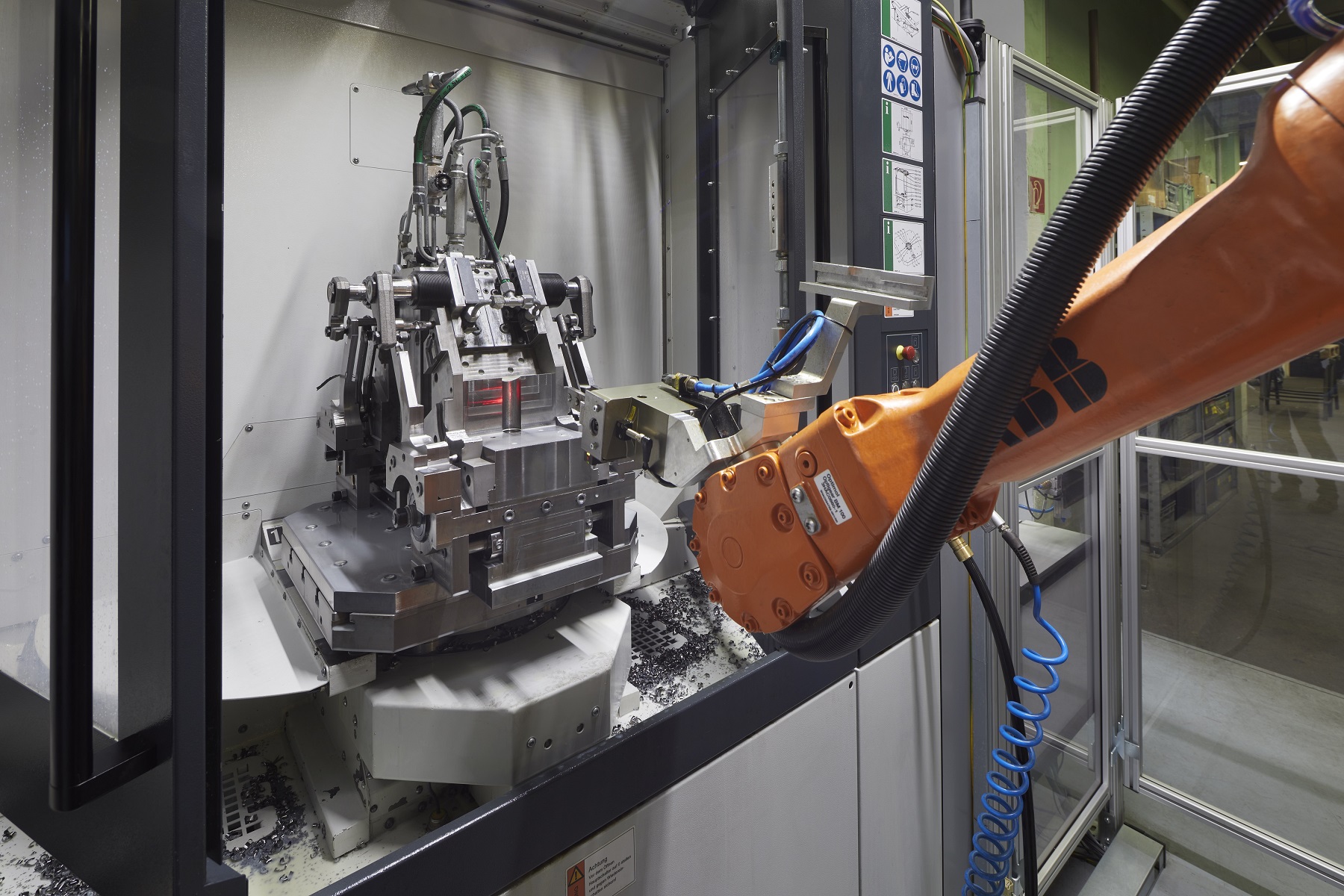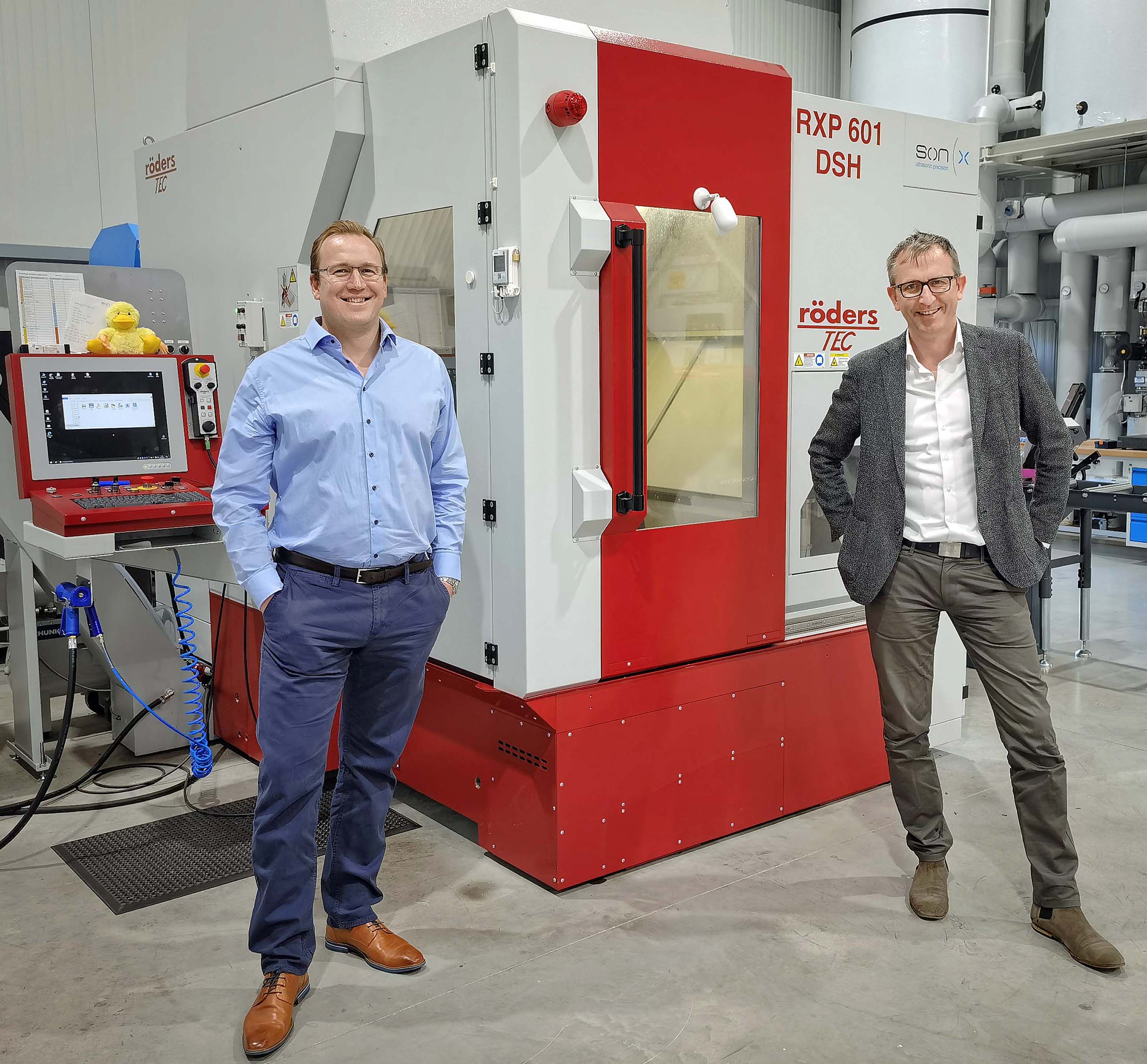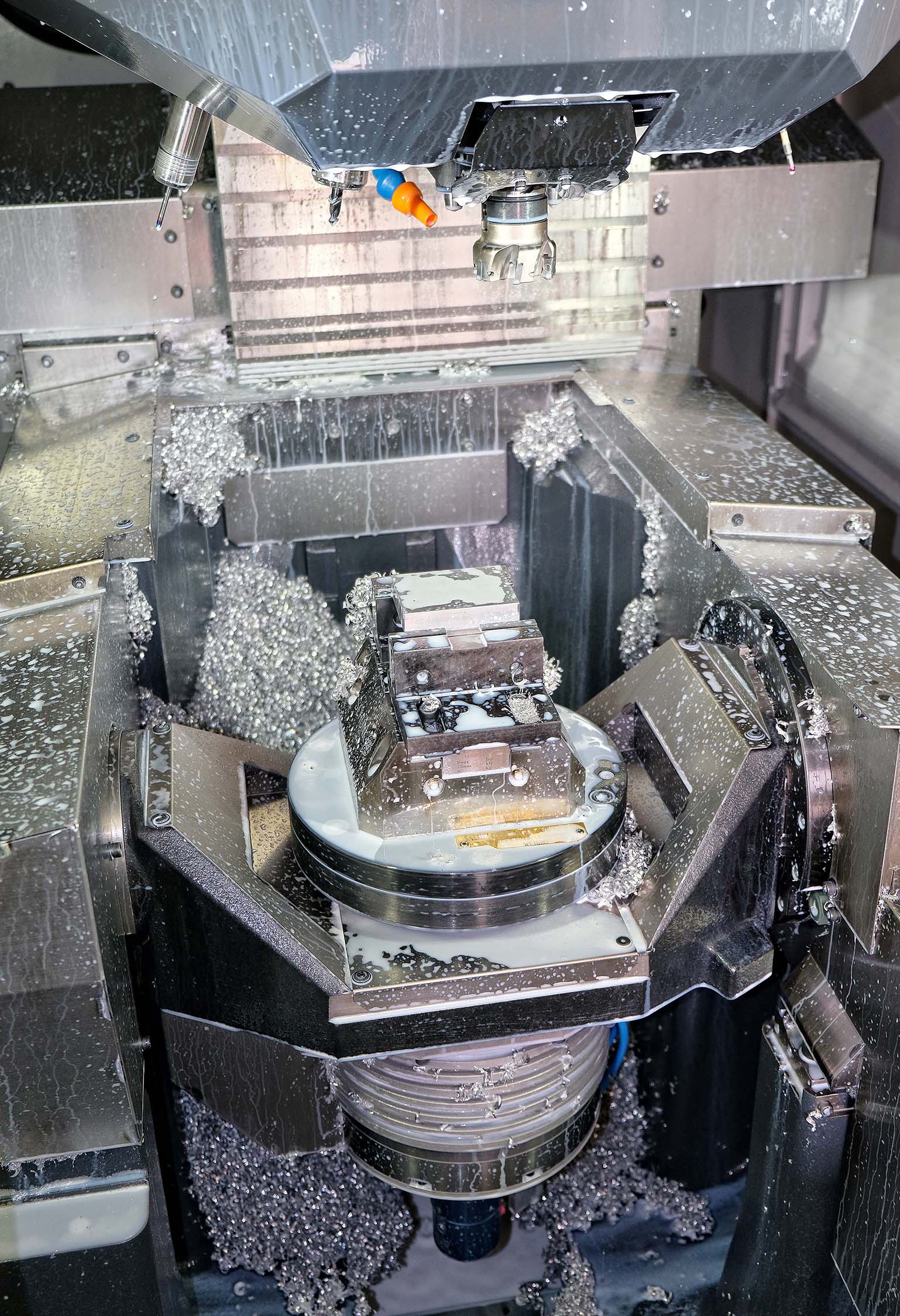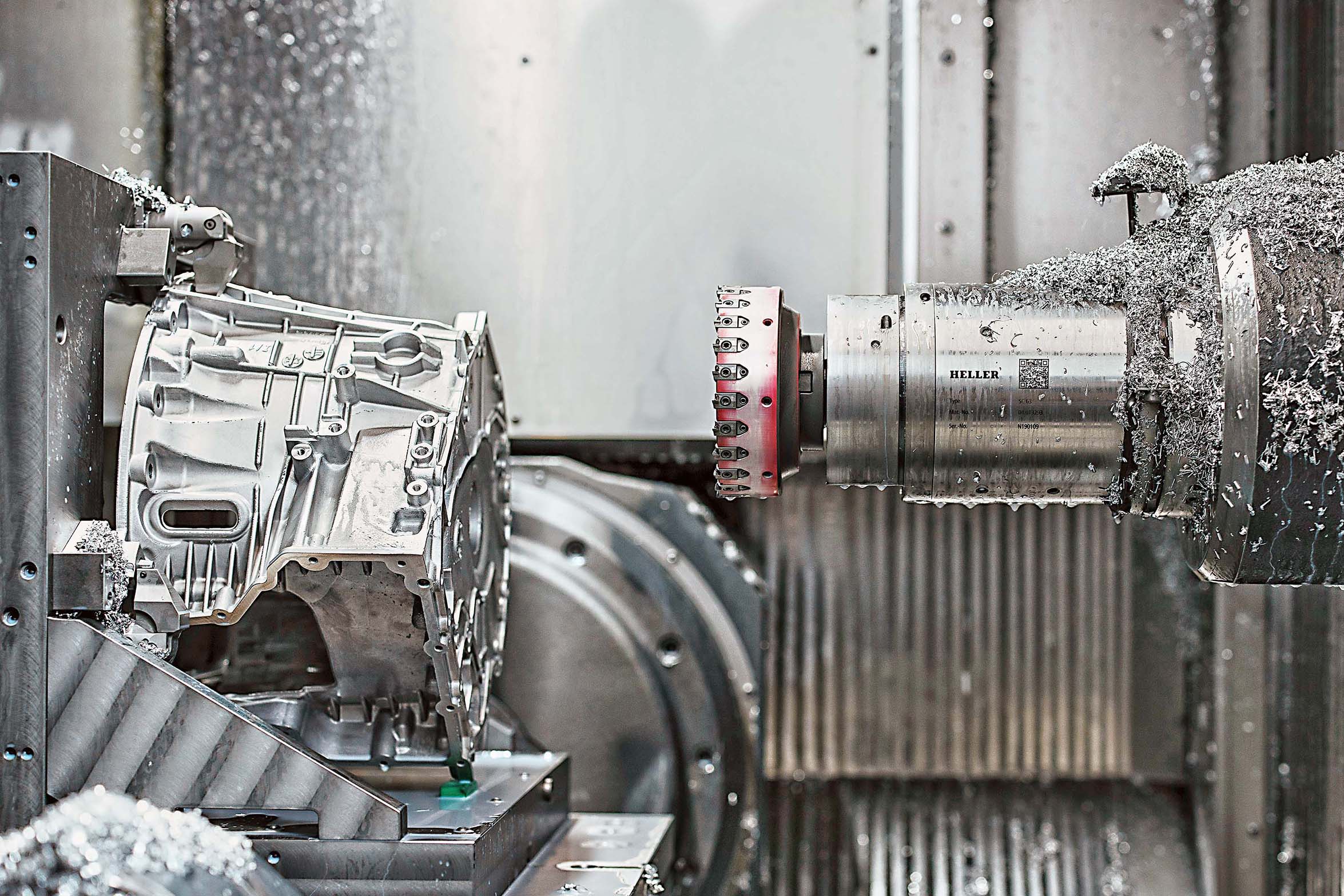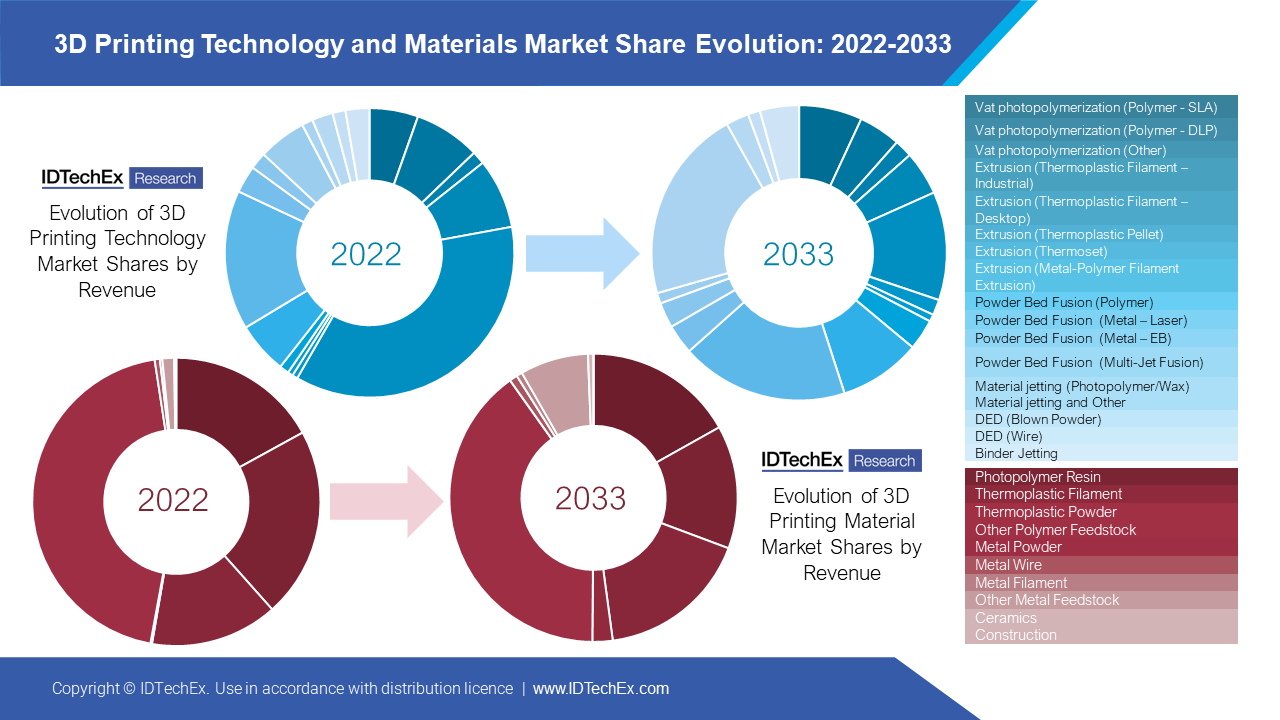The use of a Heckert H55 machining centre from Starrag has enabled renowned hand-tool manufacturer SWM to not only reduce cutting times by around 40% on certain parts, but identify new machining concepts there were previously impossible.
By way of example, SWM recently recognised the potential to optimise the production of its large pliers. Clamping of the plier heads was taking too long, as was the milling of these workpieces due to the limited spindle speed available with existing machinery, which also severely limited product variety and made retooling very time consuming.
The way to shorten the production process – to 30 seconds per plier head – and minimise the set-up times of 26 different workpieces was, SWM discovered, to capitalise on the capabilities of a Heckert H55 machining centre boasting high levels of rigidity (and therefore accuracy), fast traverse rates of 80 m/min and an ability to handle loads of 800 kg on pallets of 500 x 500 mm (optionally 500 x 630 mm).
But why use such a high-precision machining centre on components where tolerances are usually only a few tenths of a millimetre? In SWM’s case, machining accuracy was not the decisive factor; what is important is machine stability (for machining repeatability) and flexibility (to handle a range of component types/batch sizes), as well as the need for minimal space requirements (the H55 is a compact machine occupying a floorspace of just 6.8 x 2.9 m).
Another example of the benefits to SWM of the Heckert machine concerns certain very large parts that previously required half a shift to machine manually. Today, because the Heckert table can easily handle the required half-tonne fixture, it enables the company to redeploy the machinist formerly required.
For further information www.starrag.com






